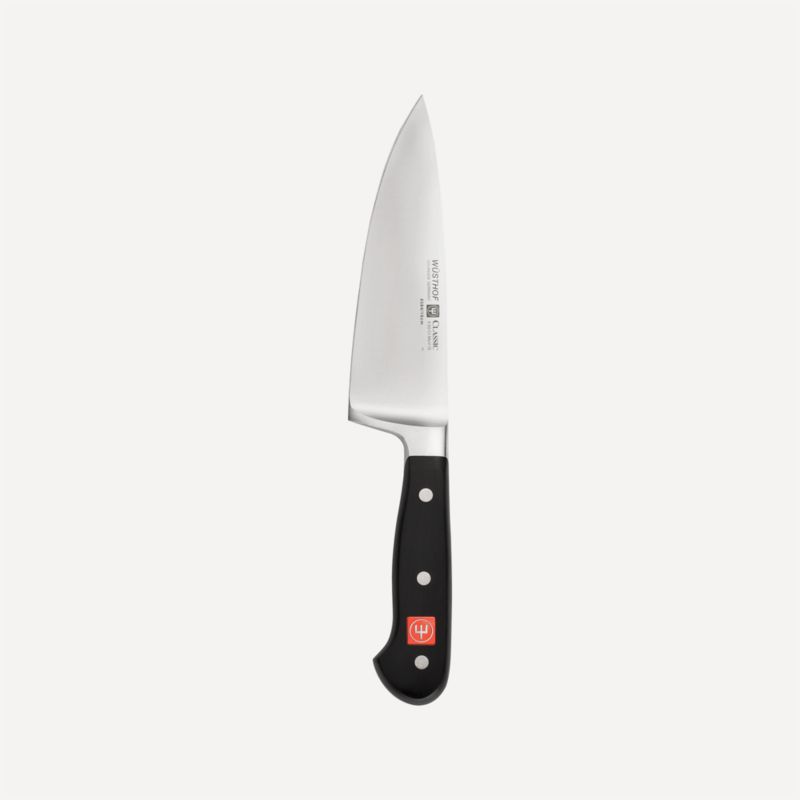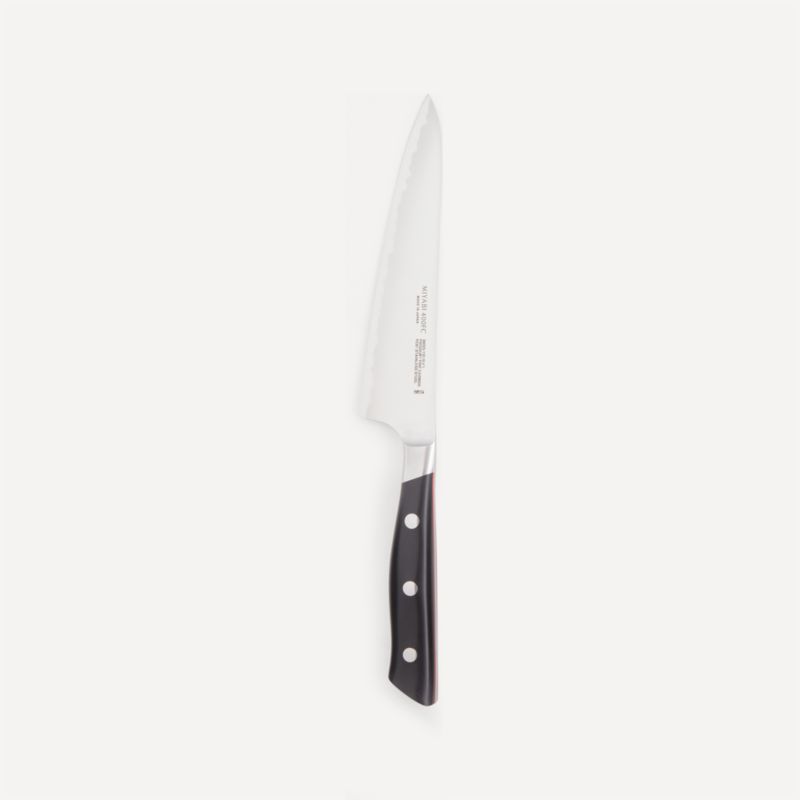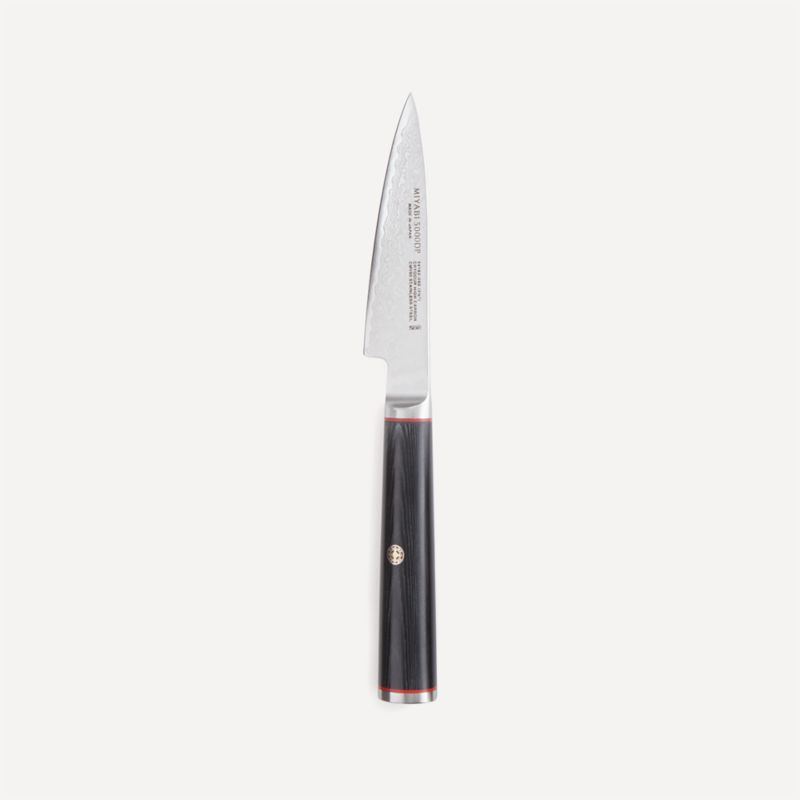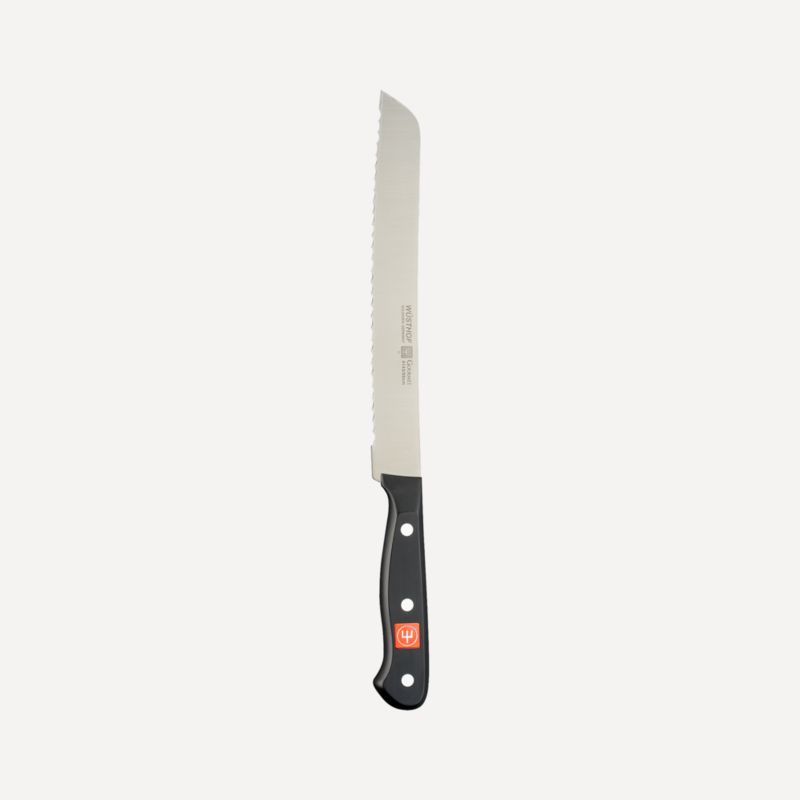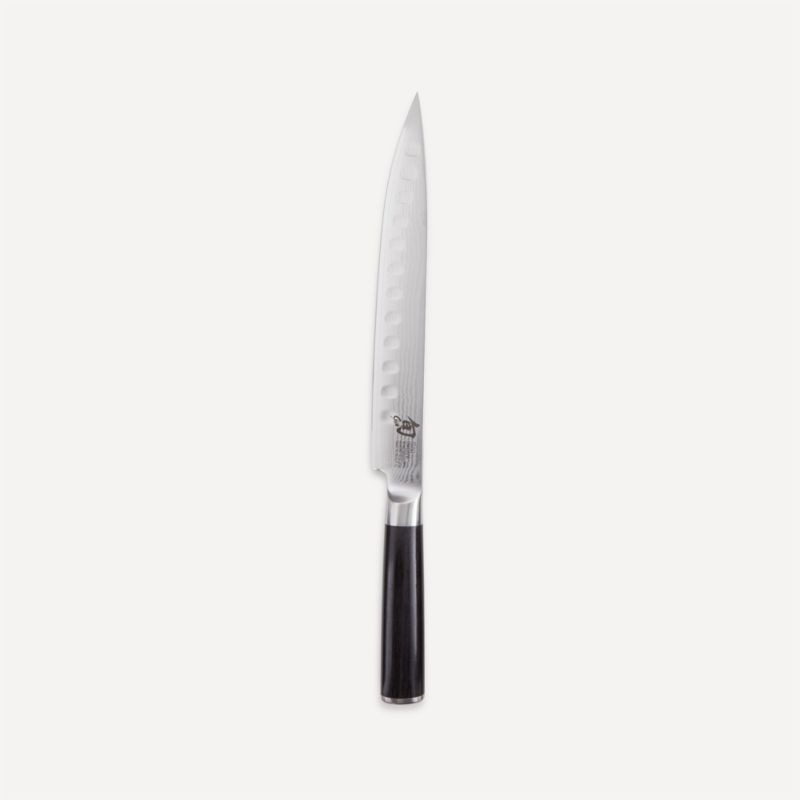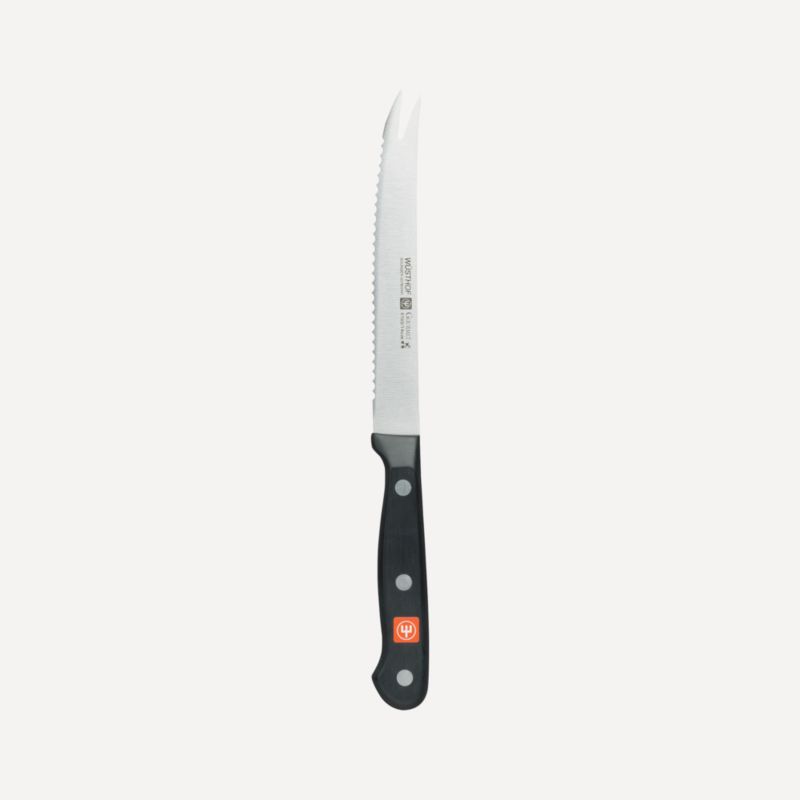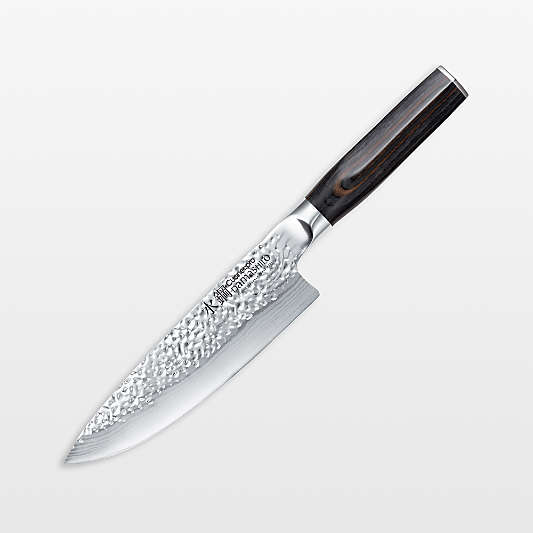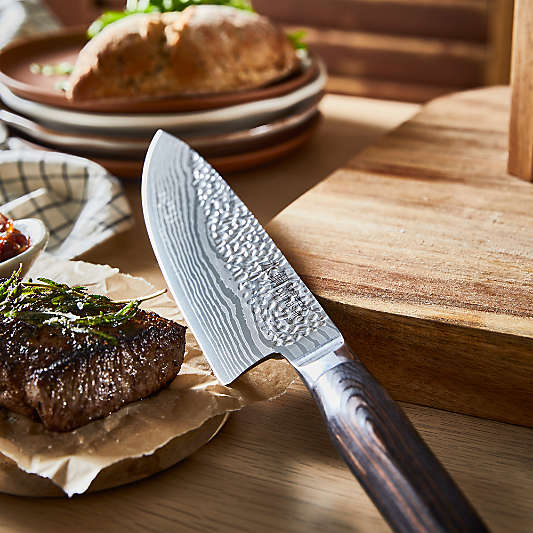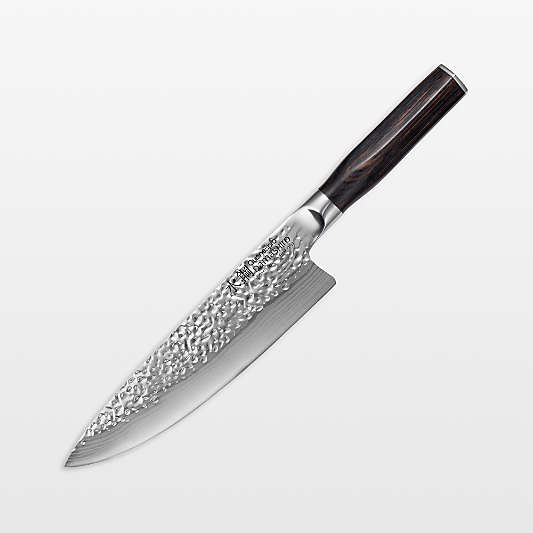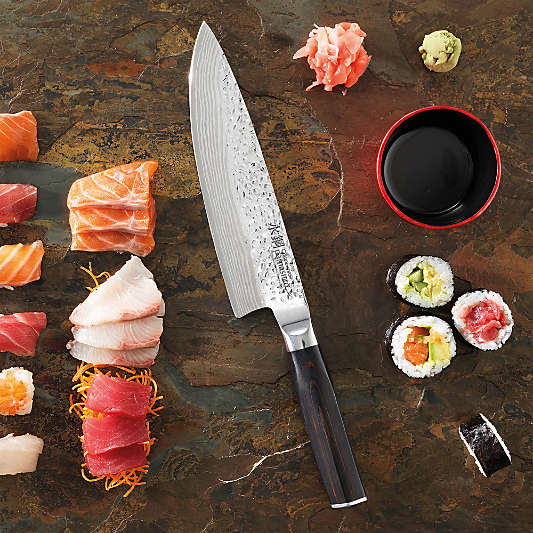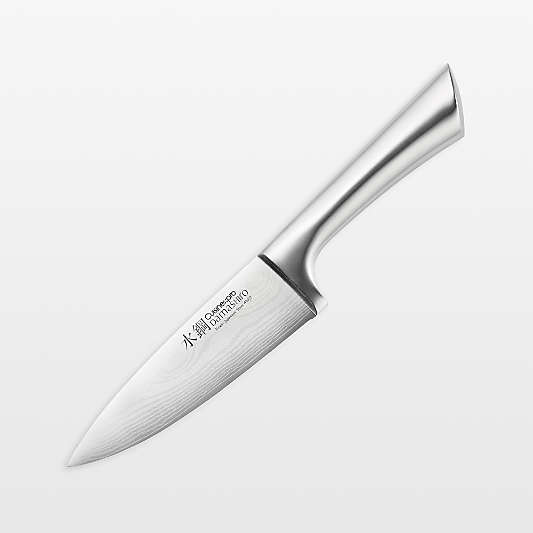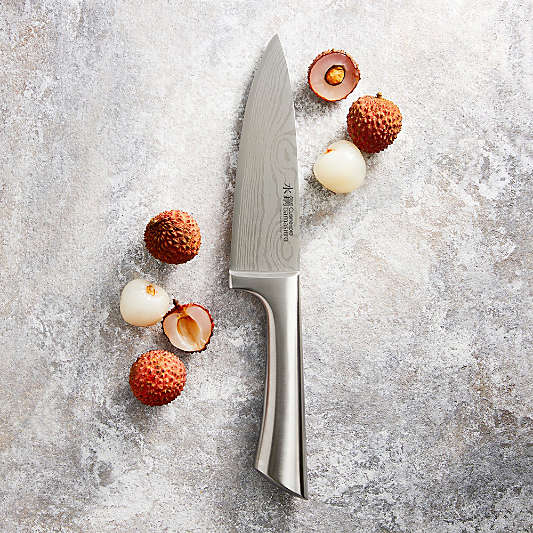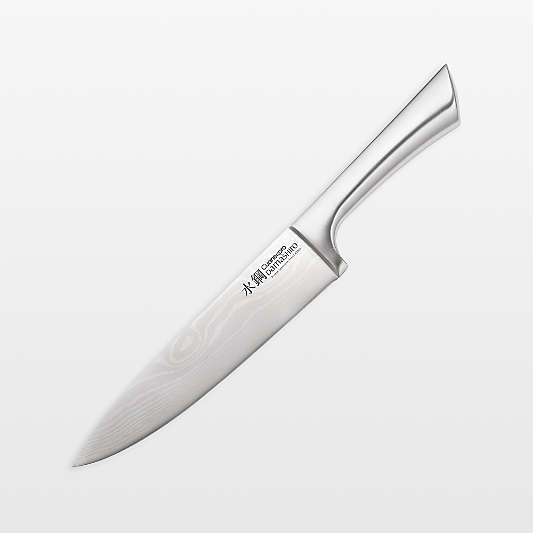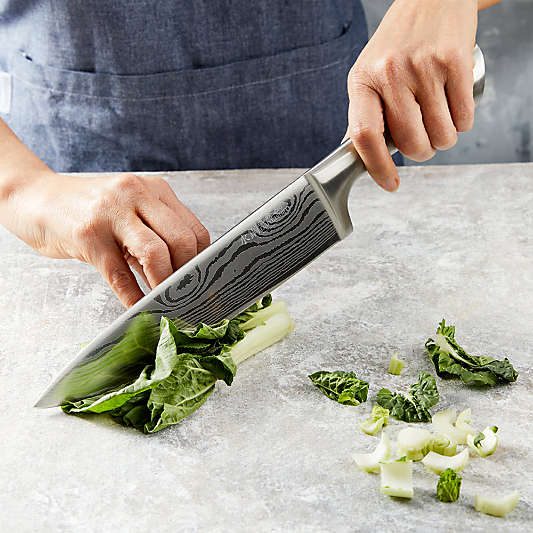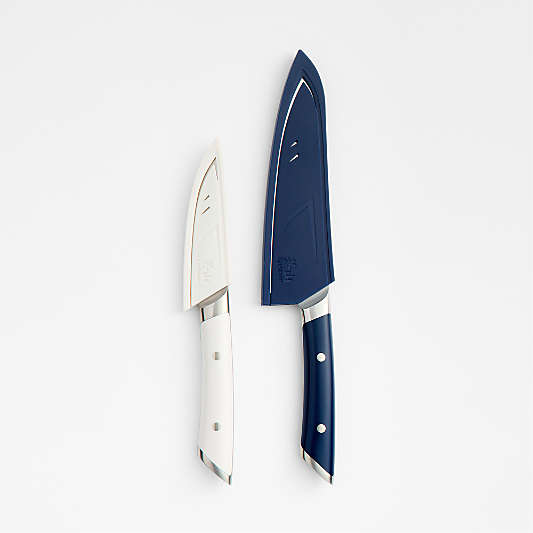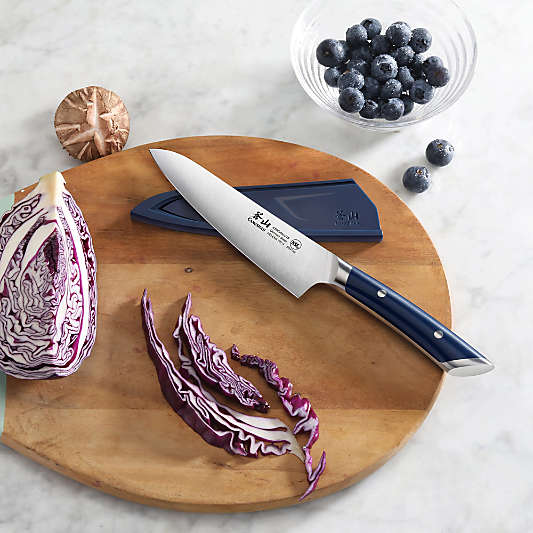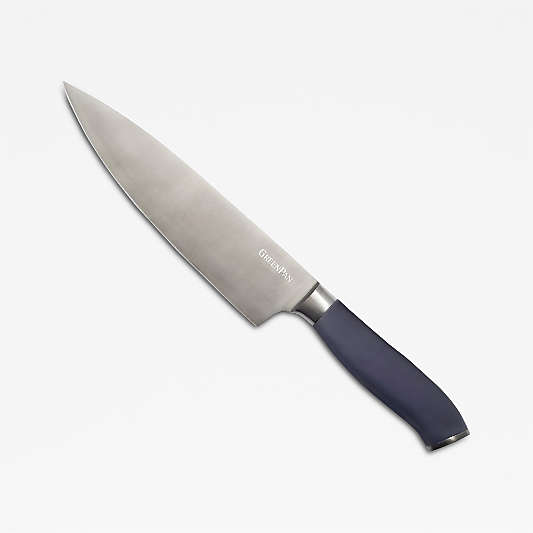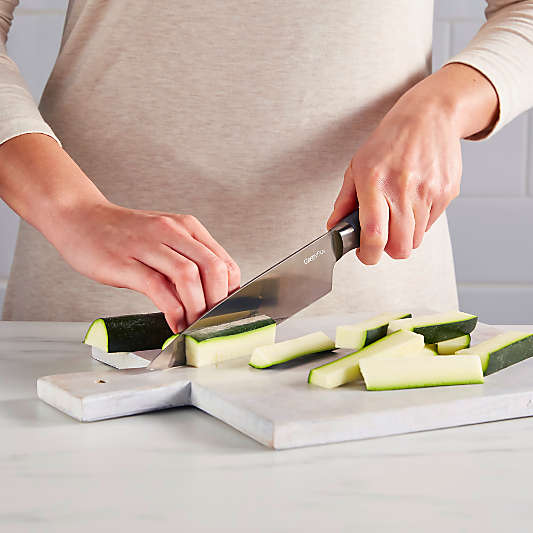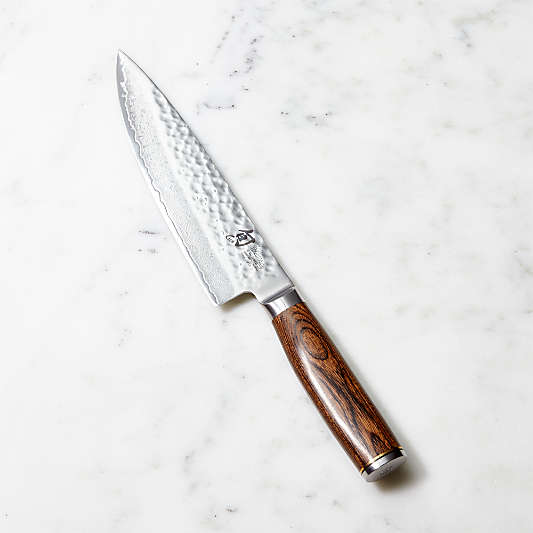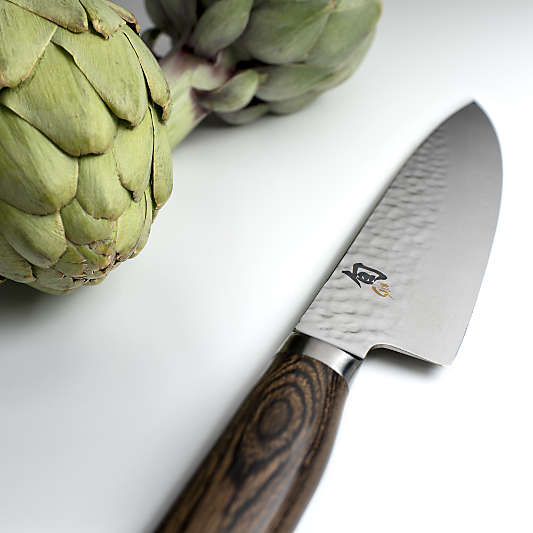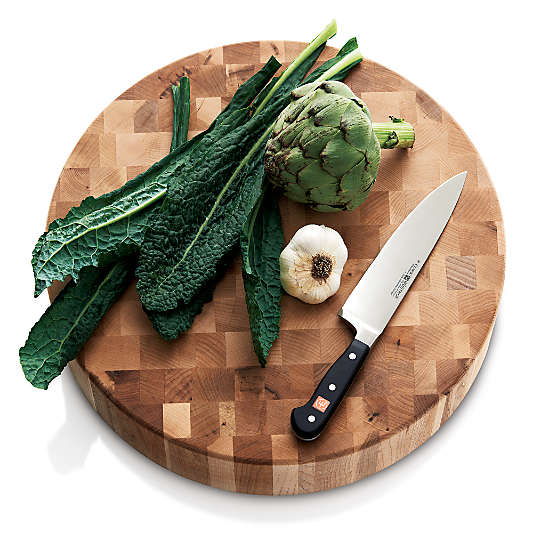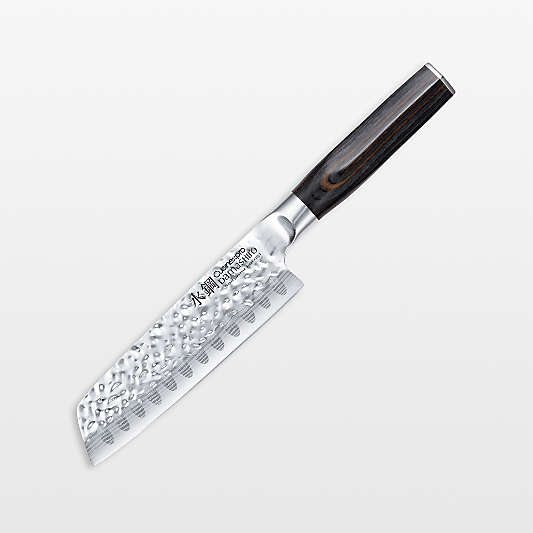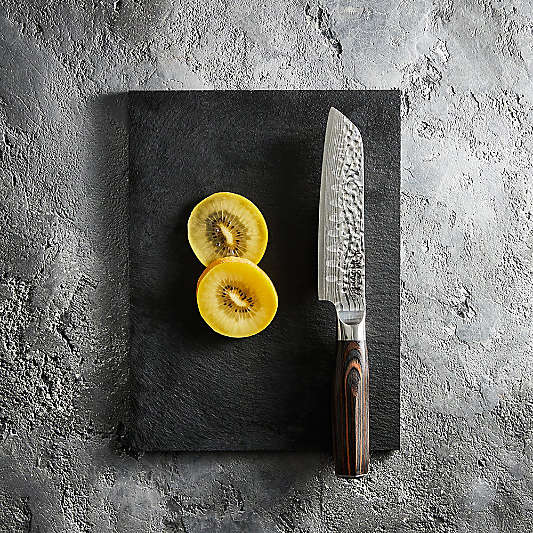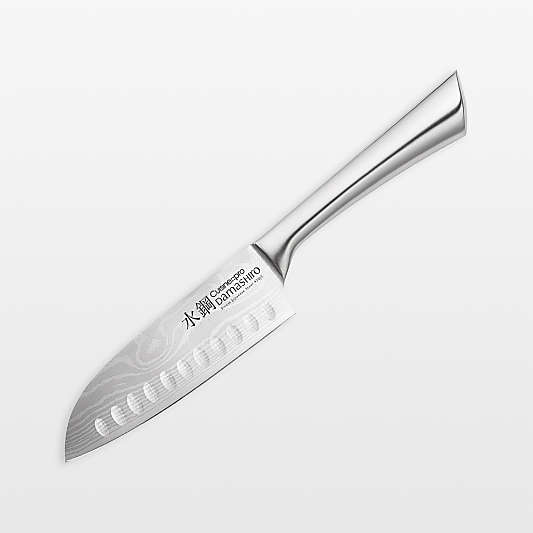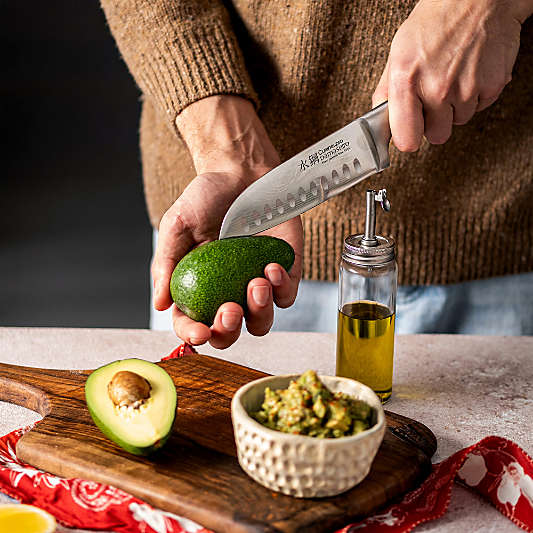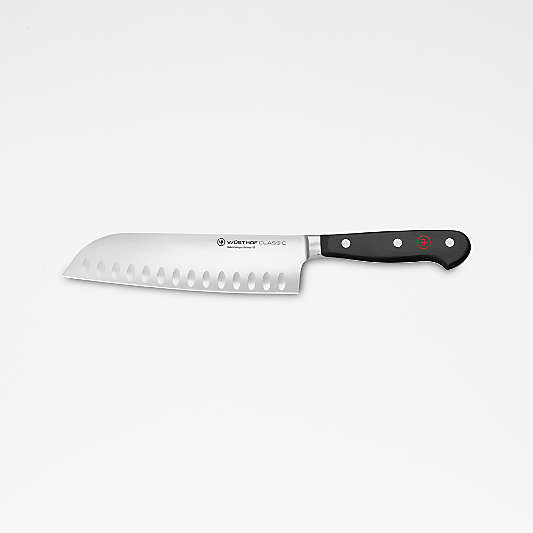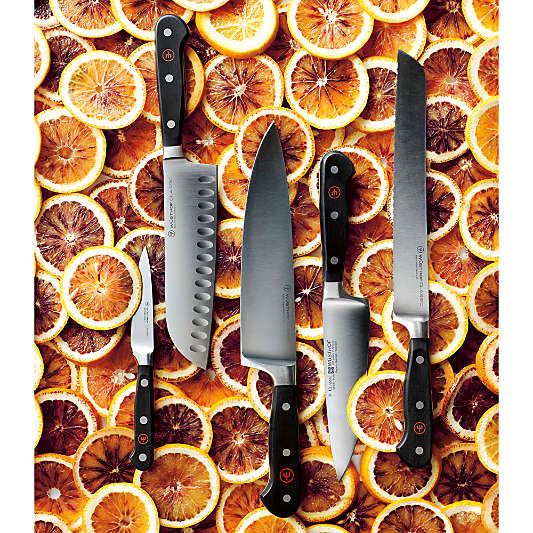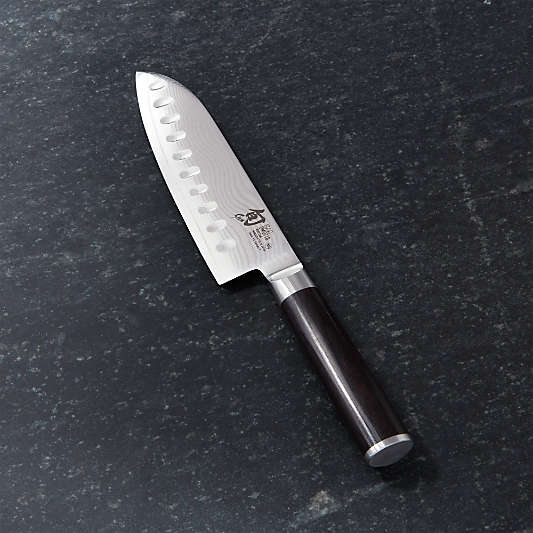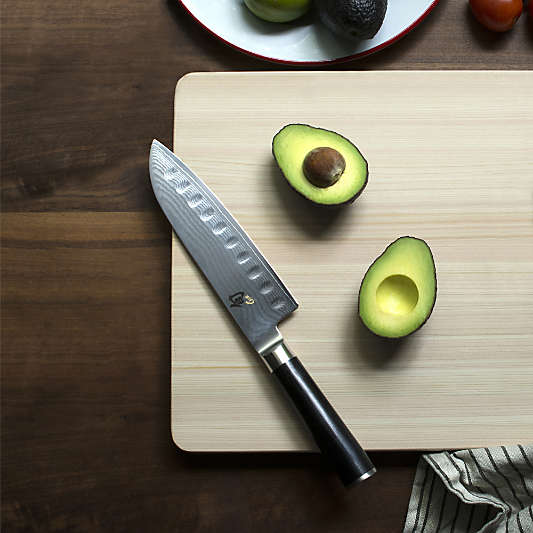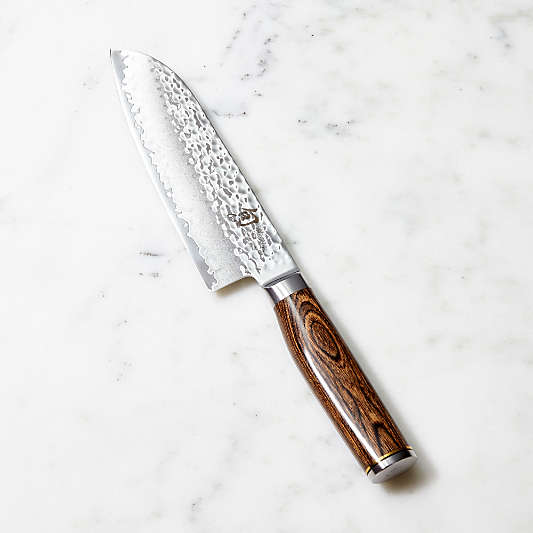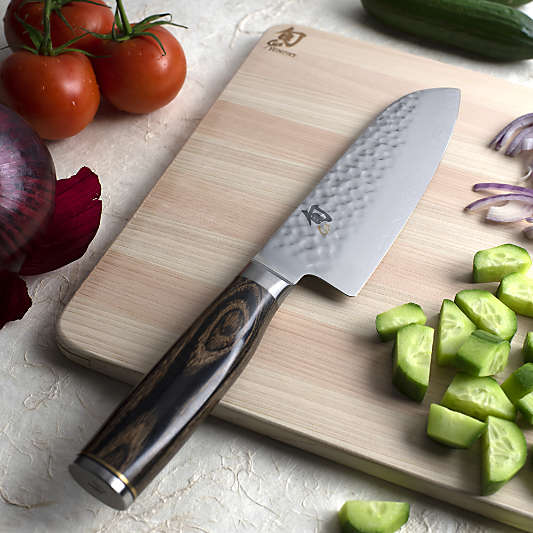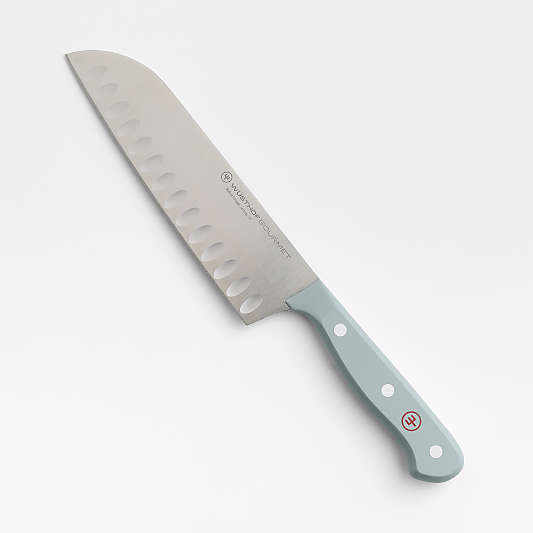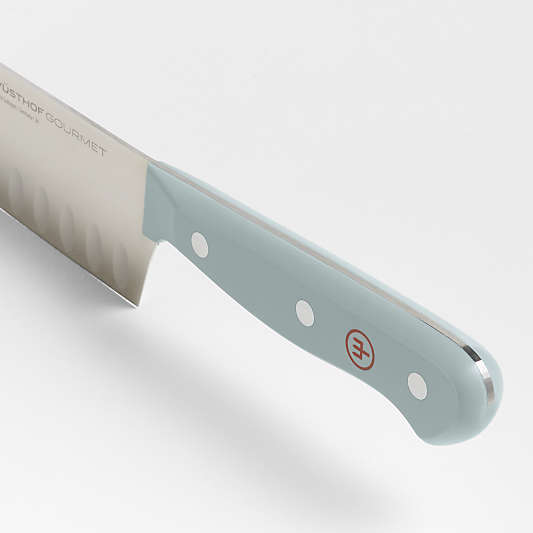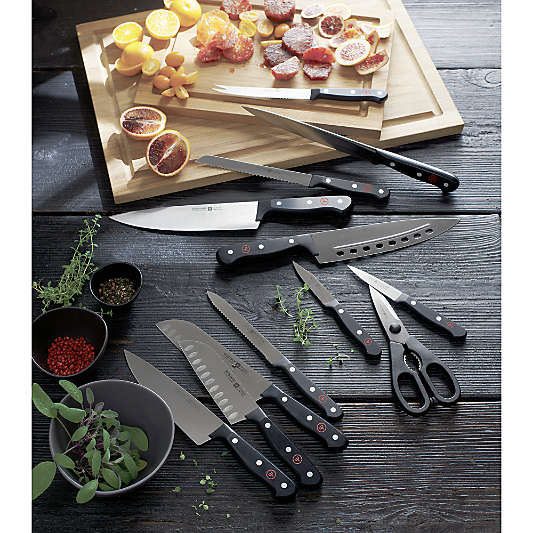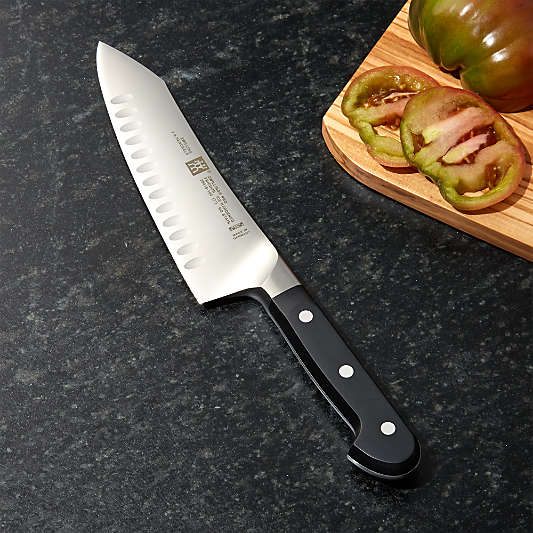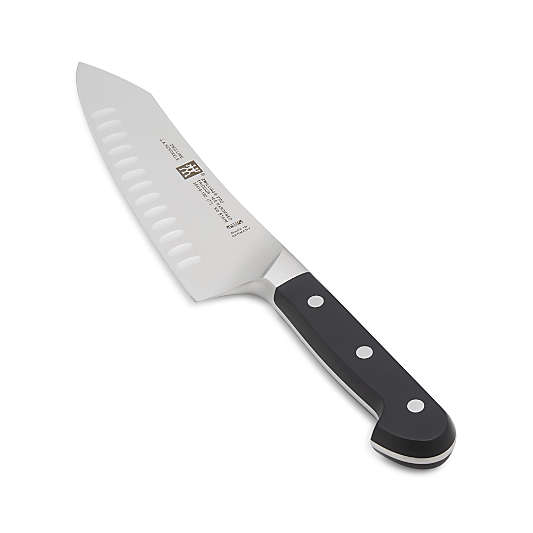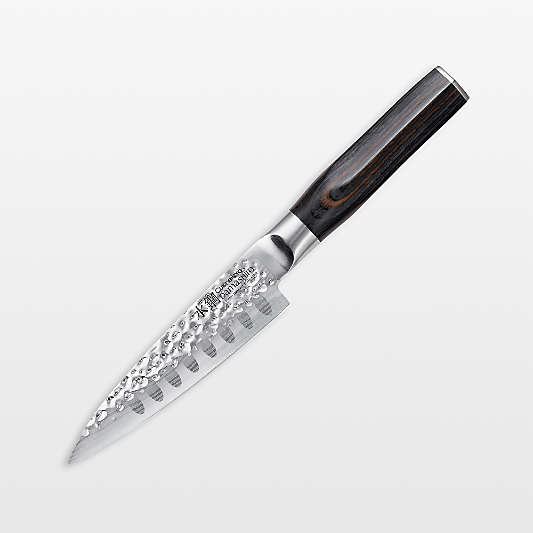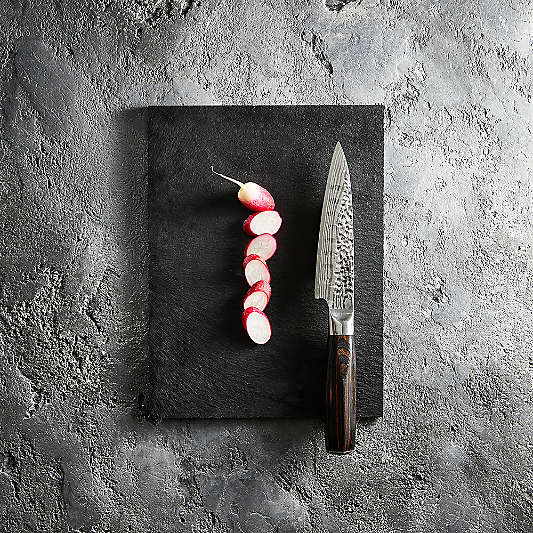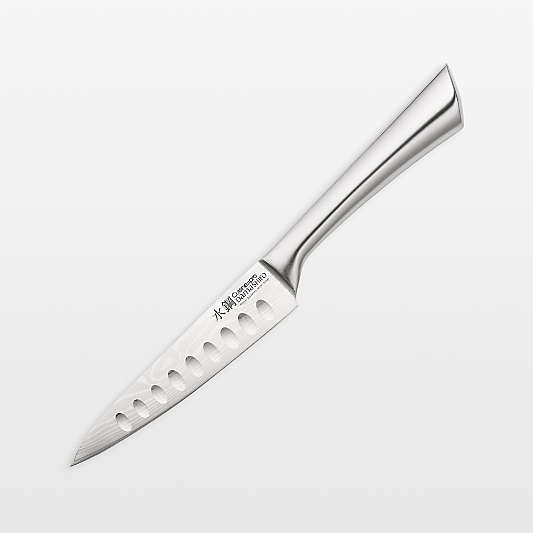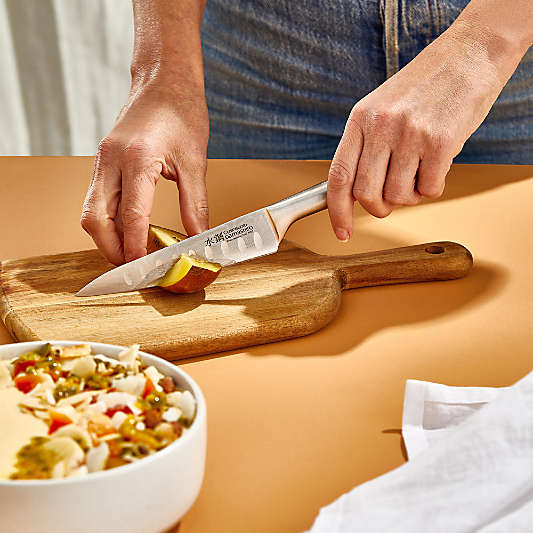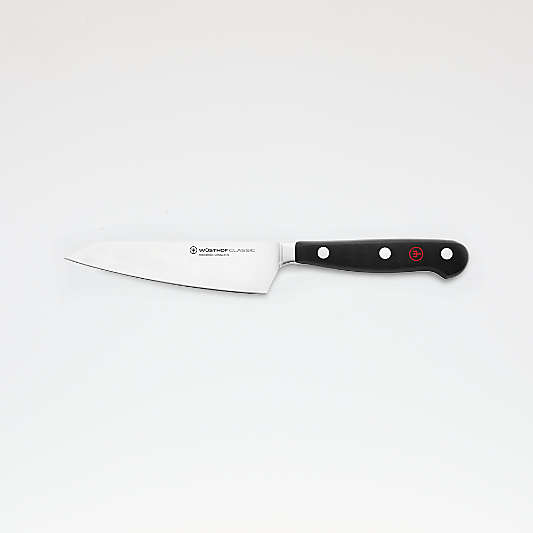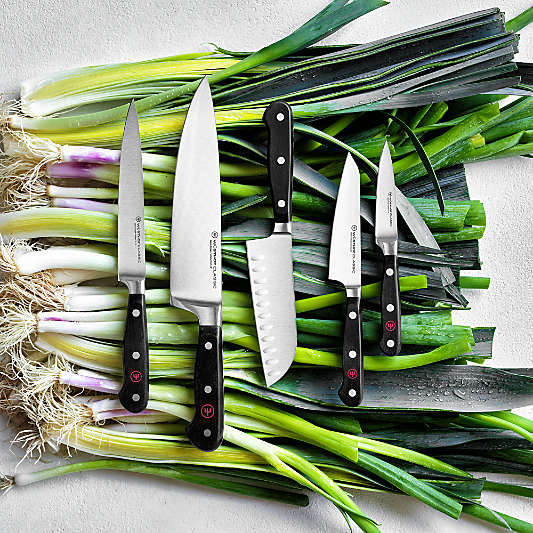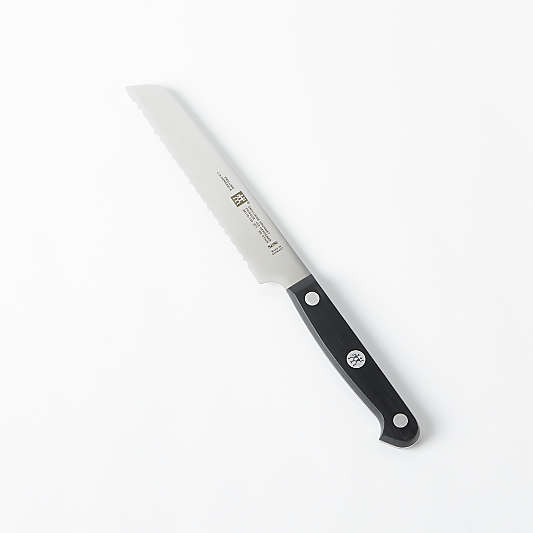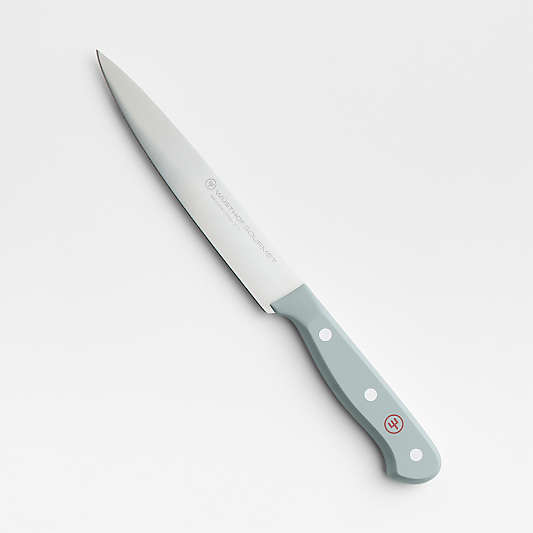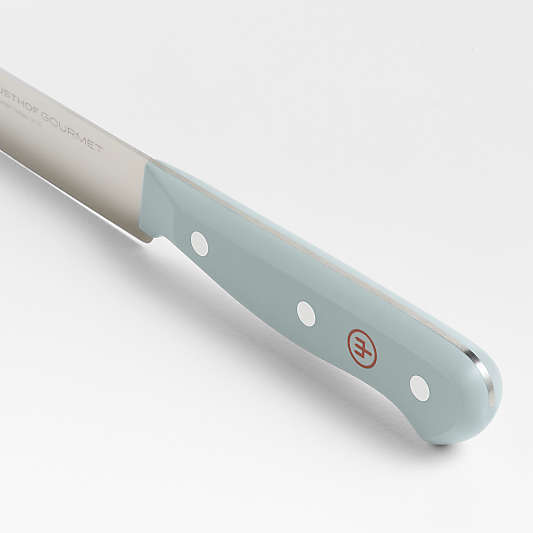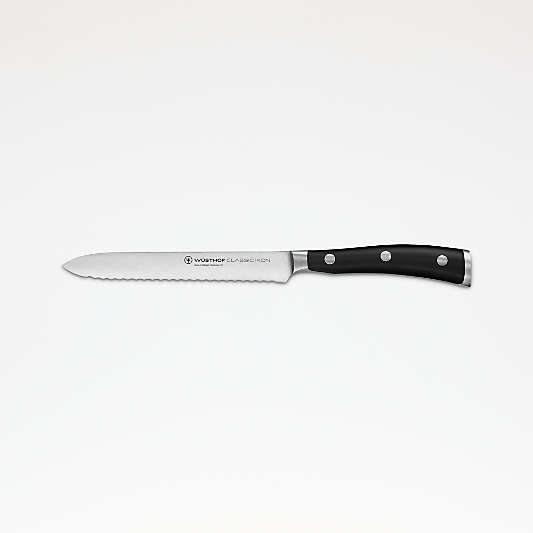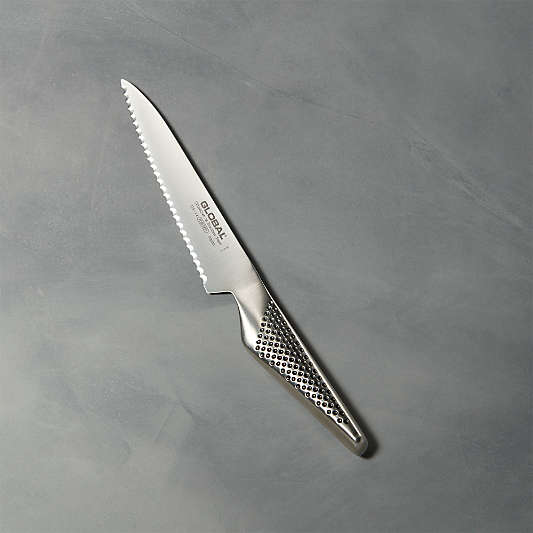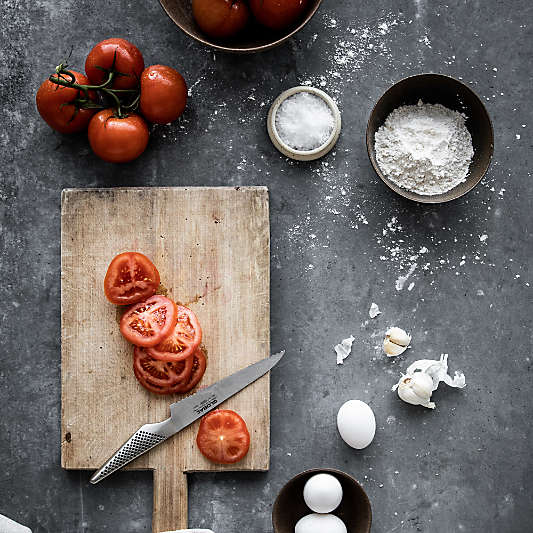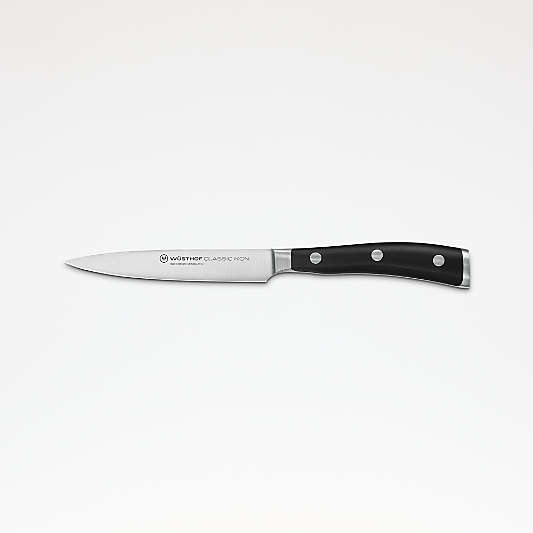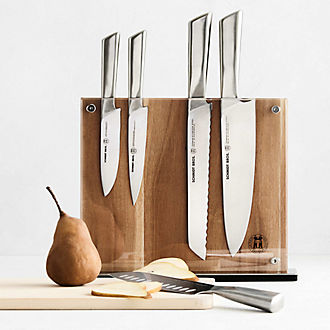Individual Knives
Chef's KnivesShop All (41)
Santoku & Nakiri KnivesShop All (32)
Utility KnivesShop All (17)
Paring KnivesShop All (24)
Bread KnivesShop All (17)
Carving and Slicing KnivesShop All (9)
Fruit and Vegetable KnivesShop All (5)
more to explore
Individual Knives for the Kitchen: Open-Stock Cutlery
Add to your cutlery collection with quality individual knives. Find bread, paring, carving, boning, utility, cleavers and chef knives from top brands such as Wüsthof, Shun, Zwilling and Calphalon to fit with any preexisting set. A benefit of shopping for individual knives is that it allows you to build your collection over time. For instance, single cutlery pieces designed for special purposes like tomato and bagel knives may not have been included in your knife block. You also have the option to fully customize your own set depending on your cooking preferences when you shop for individual knives.
Types of Kitchen Knives and Individual Cutlery
Need help finding all the types of kitchen knives you need for a complete collection? You can choose from a variety of kitchen cutlery options, including:
- Paring Knife—A paring knife typically ranges from 3-4" and will handle most of the chopping, peeling, mincing and cutting of fruits and vegetables. It's handy and versatile for precision cutting, like peeling an apple.
- Chef's Knife—A chef's knife is often the most essential option used in the kitchen. It's a perfectly balanced extension of the hand and will slice, chop, mince and dice virtually anything from vegetables to raw meat. The size ranges from 4½-9" so there's a comfortable fit for any sized hand.
- Carving Knife—A carving knife is often referred to as a slicer. It is perfect for larger cuts of meat, like a roast or turkey breast, or slicing larger fruits and vegetables, like pineapple, watermelon or eggplant.
- Bread Knife—The serrated edge makes this the perfect choice for fresh, crispy breads because it slices without crushing. It's also great for slicing cakes and even meats like traditional roasts. Typical sizes are 8" and 9".
- Tomato Knife—With its serrated edge, this knife is used to slice foods with tougher exteriors and softer middles, such as salami and tomatoes.
- Santoku Knife—This cutlery option is designed to slice, dice and mince with ease. It differs from a chef's knife in that the blade is shorter, not as curved and has a low tip instead of a point. It is a great all-purpose choice, and many people now use it instead of a chef's knife.
- Straight Edge—A straight edge knife allows a smooth clean cut. When carving, no fibers are torn out of the meat. This style is often used for soft and firm foods, such as meat, fruit and vegetables.
- Hollow Edge—When cutting, an air pocket is created between the edge and the slice, which prevents food from sticking to the blade and allows for finer slices.
- Serrated Edge—A serrated edge knife allows for an easy cut through crispier foods and crusty breads without crushing a softer interior.
- Cleaver—If you buy large cuts of meat, a cleaver is a must since it takes over where the butcher leaves off. With its heavy rectangular rigid blade and beveled edge, it's perfect for shredding, chopping, pounding or crushing almost anything. The sharp beveled edge chops through bone to break down proteins and can also be used for fine chopping. Turn the blade upside down to tenderize meat with a pounding motion. On its side, you can even use it to crush seeds, remove garlic skins and more.
- Boning Knife—This sturdy knife is used to trim fat, separate raw meat from bones and fillet fish. The flexible blade is very strong and typically 6" long. It's thinner and shorter than a chef's knife and features a tapered, pointed blade that's perfect for working around bones and cutting through joints.
- Utility Knife—The utility knife is a bread knife and spreader all in one. The blade easily cuts through thick-crusted loaves as well as tender skinned tomatoes and thick salami. Once everything is cut, you can use it as a spreader for butter, mayonnaise or anything you want on a sandwich.
- Sandwich Knife—Similar to a slicer, a sandwich knife is shorter in length with a narrow blade depth that is perfectly sized for cutting smaller to medium-sized sandwiches. It also works well for slicing cold cuts and soft vegetables as well as fruits, pies and quiches.
- Nakiri—A Nakiri is primarily used for chopping and cutting vegetables. Although it looks like a cleaver, it cannot go through bones. It features the hollow edge to reduce friction when cutting through denser foods like potatoes. Although it is similar to the santoku or Japanese chef's knife, some people prefer its squarer shape because it makes scraping up and transferring chopped veggies easier.
Open-Stock Knife Materials
Individual knives are constructed of durable, high-quality materials that are designed to withstand the test of time in your kitchen. As you choose a single knife or build your set, you'll have a variety of blade options, including ceramic zirconium oxide, stainless steel, high carbon steel and more.

